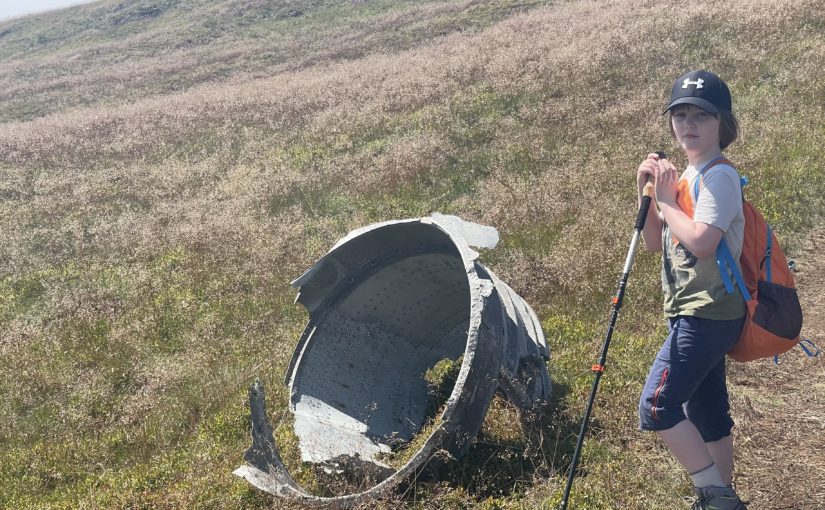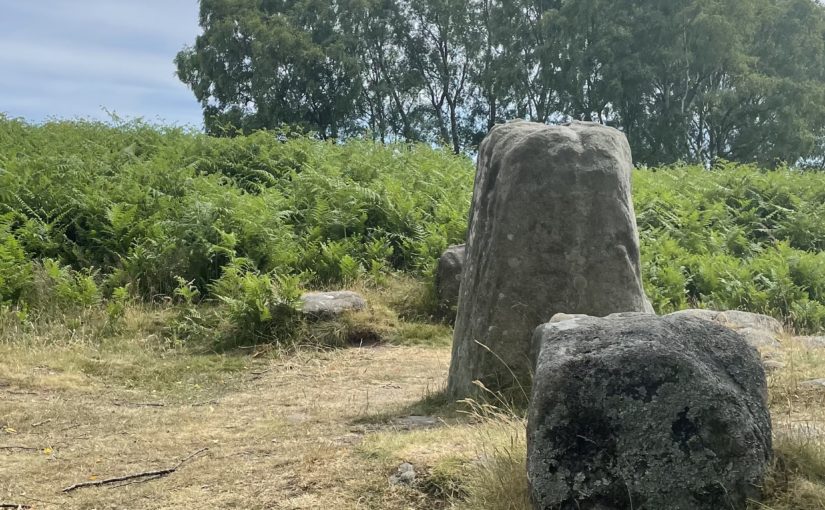
Hi!
I’m a curious, tinkering, cooking, software product manager and leader from Manchester in the UK. I’ve worked solo, founded companies, tried, failed, succeeded, built products, solved problems, led teams, been acquired, and had a lot of fun.
I’m currently looking for my next adventure, if I might be able to help you then please get in touch.
-

April 2025 edition, with recipe recommendations.
-

Make feedback easy, make feedback effective.
Feedback is a gift. And feedback from customers is the best gift of all. At Automattic in the enterprise B2B division we wanted to increase the amount of feedback we received. We then wanted to make sure our teams were…
-

The B29 “Overexposed” crash site from Snake Pass
This Peak District plane crash site features in the excellent latest Rivers of London novel, “Amongst Our Weapons” by Ben Aaronovitch. It crossed my Instagram feed a week or so ago, and then after I started planning the walk I…
-

Pots & Pans from The Church Inn, Pobgreen
Walked this on 7 July, with a friend. It’s been about ten years since the last time I was up here. It’s a lovely walk: a steep climb at the start, but then you just bimble around from view to…
-

Froggatt Edge and Padley Gorge
I decided to do this one yesterday, on the hottest day of the year so far. Perhaps not my most sensible decision. I further decided to take in a bit of Froggat Edge, so I could check out the stone…
Join 900+ subscribers
Stay in the loop with everything you need to know.
